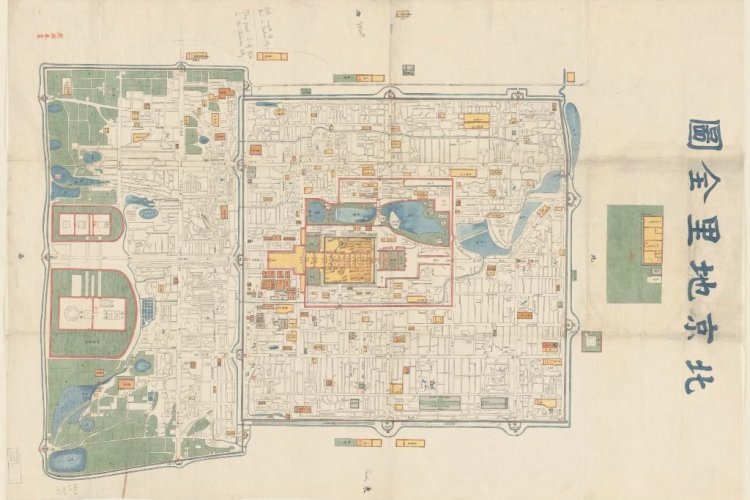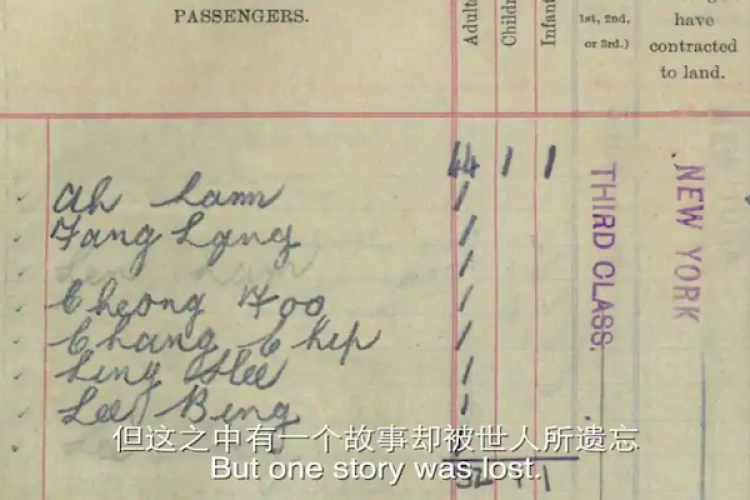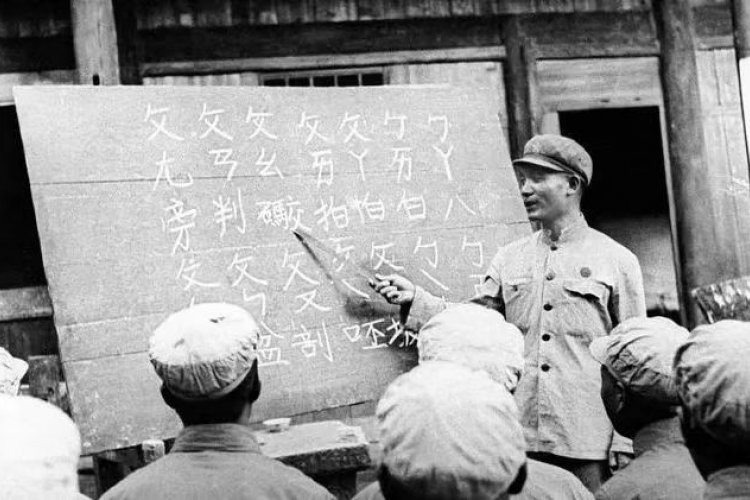Page Turners: Paul French's State of Paranoia, and Betrayal in Paris
How do you follow up a Beijing-based, New York Times bestselling true crime book? A sequel? Another mystery? If you’re Paul French, neither. Instead, you crank out two books, one about North Korea and the other about China’s role in World War I.
For his next full-length work he chose not to return to those streets around Beijing’s Dongbianmen and Chongwenmen, but instead revisited North Korea, on which French is an expert and about which he had previously written North Korea: The Paranoid Peninsula, A Modern History. His new book on the subject is North Korea: State of Paranoia.

“The day starts early in Pyongyang, the city described by the government as the ‘Capital of Revolution.’ North Koreans emerge from bed at around 6am, dress and head off to work, where many arrive by 7:30. Most Pyongyang residents (the city’s name means ‘level ground’) live in high-rise buildings, hastily erected over the 60 years since the end of the Korean War. The blocks are lined up along the city’s wide
boulevards and house most of Pyongyang’s 2.5 million-plus population,” writes French at the beginning of this series of snapshots of life in North Korea, with a particular focus on the post-Kim Jong-Il era. It is a telescope for anyone interested in peering farther into the so-called “Hermit Kingdom.”
On DPRK, French says: “It’s an ever-fascinating subject – the end must come for the DPRK and the Kim clan at some point and I suppose I’ll just go on revising and updating until I can return to Pyongyang and sit by the Taedong [River] in a Starbucks and watch people go to the first Carrefour supermarket!”

Since writing another book about North Korea wasn’t enough to keep French busy as he waits for Midnight in Peking to become a television mini-series, he also cranked out Betrayal in Paris: How the Treaty of Versailles Led to China’s Long Revolution. A Penguin Specials title and part of its six-book series on China’s role in World War I, Betrayal looks at China’s hopes that territorial disputes with both Japan and Western nations would be settled thanks to its support for the Allies during the war, and how those hopes were dashed.
“Though not involved in the actual fighting, around 100,000 Chinese men had traveled to Europe, Mesopotamia and German East Africa as part of the non-combatant Chinese Labor Corps, and many of them had died in torpedo attacks on their ships as well as from disease, shellfire, and accidents. That Peking, China’s capital, should erupt in celebration at the end of the slaughter in Europe was nonetheless more to do with its collective hopes for the future than with its sons’ return home,” he writes.
French says of the Versailles Treaty: “[It] was supposed to right all the wrongs – at least China believed it might. They had a clear case I believe, but were ignored, as expected, by the great European Great Powers and tragically let down by Wilson and the Americans who had promised Peking much.”
Betrayal is a fascinating look at a little-known aspect of World War I history that had a significant impact on Chinese political developments in the twentieth century. It’s a brisk 81-page read, but in both books, French’s love of history and depth of knowledge permeate each page, leaving the reader better informed and entertained.
North Korea: State of Paranoia and Betrayal in Paris: How the Treaty of Versailles Led to China’s Long Revolution are both available at The Bookworm and online retailers.
Photo: Courtesy of Paul French, Roman Harak (Flickr), Archives New Zealand (Flickr)









